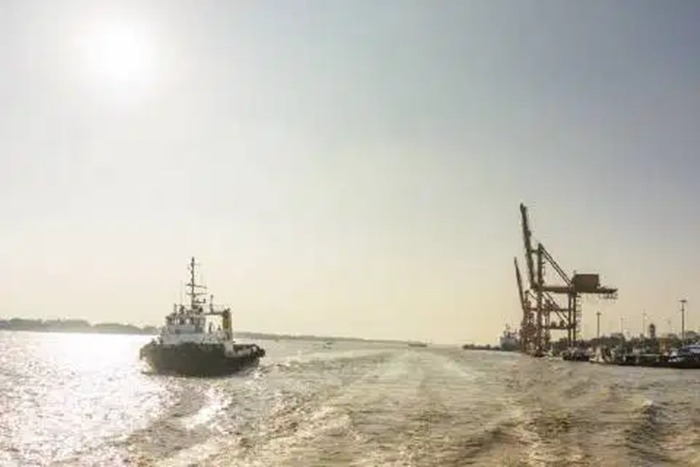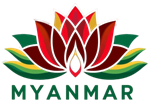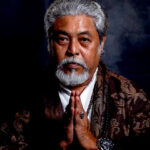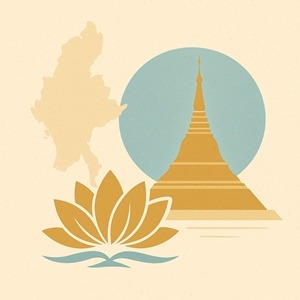
Bo Aung Kyaw Terminal – A Historic Port of Yangon
Introduction
The Bo Aung Kyaw Terminal is one of the most historically significant ports in Myanmar, located along the Yangon River in the heart of Yangon. For much of the 20th century, it served as the country’s primary gateway for imports and exports, connecting Myanmar’s agricultural and industrial economy with global trade networks. Named after Bo Aung Kyaw, a student leader who sacrificed his life during the independence movement in 1938, the terminal stands as both a symbol of national resilience and an economic lifeline for the country. Today, while modern deep-sea ports like Thilawa have overtaken much of its cargo capacity, Bo Aung Kyaw Terminal remains an important part of Myanmar’s maritime identity.
Location and Accessibility
Bo Aung Kyaw Terminal is strategically located in Yangon’s downtown area, not far from the bustling Sule Pagoda and the city’s colonial-era commercial district. Its riverside location provided a natural entry point for vessels traveling up the Yangon River. Historically, its proximity to warehouses, railroads, and the central business district made it ideal for trade and logistics. Even today, despite competition from larger ports, its position in central Yangon gives it an advantage in local distribution and smaller-scale shipments.
Historical Background of the Terminal
The terminal was built during the British colonial era to handle trade from Myanmar’s resource-rich hinterlands. It quickly became the center of rice, beans, and timber exports, which were Myanmar’s top foreign exchange earners for decades. Passenger ferries also used the port to travel along the Yangon River, connecting communities and fostering commerce.
In the mid-20th century, as Myanmar gained independence, the terminal retained its central role in commerce. Ships from India, China, and Southeast Asia frequently docked here. For Yangon residents, the port symbolized the city’s openness to the world, where foreign vessels, dockworkers, and merchants converged.
Who Was Bo Aung Kyaw?
The terminal carries great symbolic importance because of its name. Bo Aung Kyaw was a courageous student leader of the All Burma Students’ Union (ABSU). During the oilfield workers’ strike in December 1938, known as the “Htaung Thone Hmine” or Second Student Movement, Aung Kyaw was killed by British colonial police while leading a protest in Yangon.
His martyrdom inspired a new wave of anti-colonial activism, uniting students, workers, and intellectuals against foreign rule. To honor his sacrifice, several landmarks were named after him, including the Bo Aung Kyaw Street and the Bo Aung Kyaw Terminal. This naming was not only a tribute but also a reminder of the struggles that led to Myanmar’s eventual independence in 1948.
Economic Role in Myanmar’s Trade
For decades, Bo Aung Kyaw Terminal handled Myanmar’s key exports such as:
Rice and pulses – staples of the economy and a source of food security.
Timber, especially teak – prized worldwide and one of Myanmar’s most valuable exports.
Beans, oilseeds, and fisheries – supplying markets across Asia.
Imports such as textiles, machinery, and fuel also entered through the terminal. The port employed thousands of dockworkers, traders, and customs officials, making it a vital pillar of Yangon’s economy.
Even with the rise of Thilawa Port, Bo Aung Kyaw Terminal still accommodates smaller vessels, river transport, and specialized cargo. Its central location also allows it to play a role in distributing goods directly into Yangon’s market.
Symbolism and National Identity
Unlike many ports around the world, Bo Aung Kyaw Terminal is not just a place of commerce. Its very name reflects Myanmar’s history of sacrifice for freedom. Every ship that docked at the terminal and every worker that loaded or unloaded goods was connected, symbolically, to Bo Aung Kyaw’s memory.
For many Yangon residents, the terminal is a familiar landmark on the riverfront. Its warehouses, cranes, and docked vessels evoke the story of a city that has long been Myanmar’s trade capital.
Challenges and Transformation
In the 21st century, the terminal faces challenges:
Competition from the modern Thilawa Deep-Sea Port, which can handle larger container ships.
Aging infrastructure, as many facilities date back to colonial or early post-independence times.
Urban development pressure, as Yangon expands and developers seek to transform riverfront land into commercial and residential projects.
However, there are opportunities as well. Many urban planners have suggested that parts of the Yangon riverfront, including Bo Aung Kyaw Terminal, could be redeveloped into a mixed-use zone, with tourism, cultural spaces, and heritage preservation blending with logistics.
The Future of Bo Aung Kyaw Terminal
The future of Bo Aung Kyaw Terminal may lie in balancing heritage with modernization. While Thilawa will remain the dominant hub for large-scale shipping, Bo Aung Kyaw Terminal could continue to thrive as:
A heritage riverfront site highlighting Yangon’s maritime history.
A smaller-scale cargo hub for domestic and regional trade.
A potential tourism landmark, with museums, waterfront promenades, and cultural spaces built around its history.
Such a transformation would allow the terminal to remain relevant while honoring its historical significance.
Conclusion
The Bo Aung Kyaw Terminal is more than just a port. It is a living memorial to a student leader who gave his life for Myanmar’s independence, a hub of economic activity that powered Yangon’s growth, and a cultural landmark that continues to shape the city’s identity. While modern trade may have shifted to larger facilities, the terminal’s story remains an essential part of Myanmar’s history. Its name, its location, and its legacy ensure that it will never be forgotten.
FAQs about Bo Aung Kyaw Terminal
Q1: Where is Bo Aung Kyaw Terminal located?
Bo Aung Kyaw Terminal is located in downtown Yangon, along the Yangon River, near the city’s central business district.
Q2: Who was Bo Aung Kyaw?
Bo Aung Kyaw was a student leader and martyr of Myanmar’s independence movement. He was killed during a protest in December 1938, and the terminal was named in his honor.
Q3: What role did the terminal play in Myanmar’s economy?
It served as one of Yangon’s main ports for decades, handling rice, timber, pulses, and other exports, as well as machinery and fuel imports.
Q4: Is Bo Aung Kyaw Terminal still in use today?
Yes, though its role has diminished. Thilawa Port now handles larger container ships, but Bo Aung Kyaw Terminal continues to support smaller vessels and local trade.
Q5: What is the future of Bo Aung Kyaw Terminal?
The future may involve modernization and redevelopment. It could serve as both a smaller-scale port and a heritage site, blending trade with tourism and cultural preservation.



